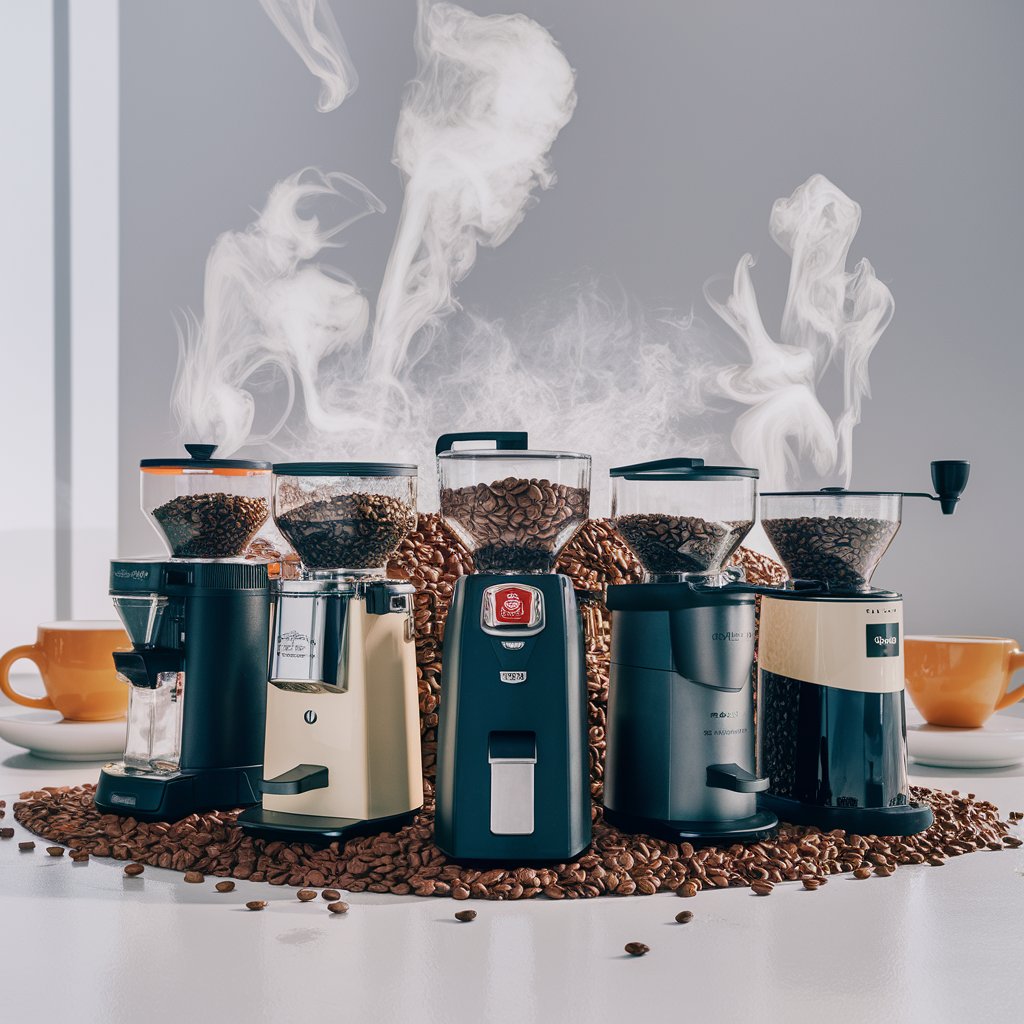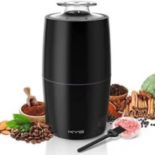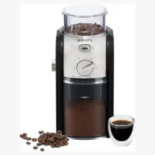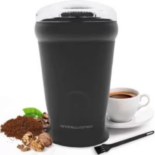Introduction:
Coffee lovers acknowledge the value of fresh coffee beans. Freshly ground beans add a whole new intense smell, taste, and just about anything else in the newly made coffee. But to do this right, it all starts with a best coffee grinder. This article will help you in understanding all there is to know about coffee grinders to make your next investment related to coffee-making.
Types of Coffee Grinders:
Blade Grinders:
- How They Work: Blade grinders use a rotating blade to chop the coffee beans into smaller pieces. The speed and duration of the grinding process determine the fineness of the grind.
- Pros: Affordable, easy to use, and readily available.
- Cons: Inconsistent grind size, which can affect the flavor of your coffee. They also tend to generate heat, which can slightly alter the flavor of the coffee beans.
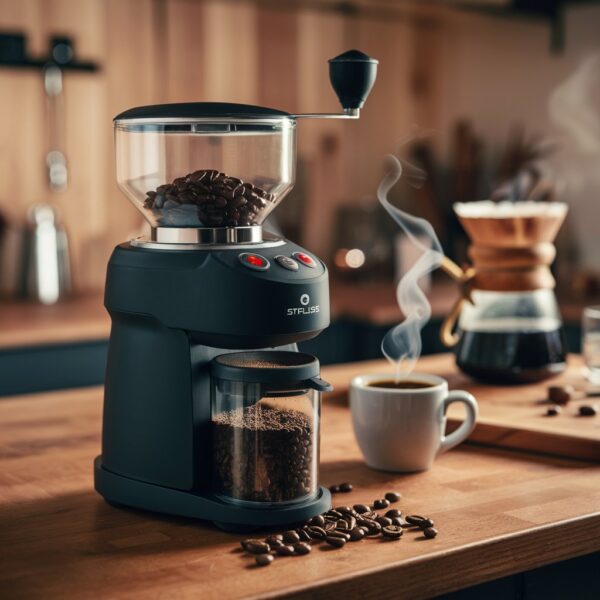
Burr Grinders:
- How they work: The burr grinders crush the coffee beans through a moving grinder’s wheel and a non-moving surface, which maintains a consistent grind size.
Types of Burr Grinders:
- Flat Burr Grinders: Have two flat burrs, ensure precise and consistent grinds.
- Conical Burr Grinders: Grind coffee beans through a cone-shaped burr. They are quieter and less messy compared to flat burr grinders.
- Pros: Features a consistent grind size; better extraction of flavor; adjustable grind size.
- Cons: Costs more upfront than blade grinders, and may be a little noisy.
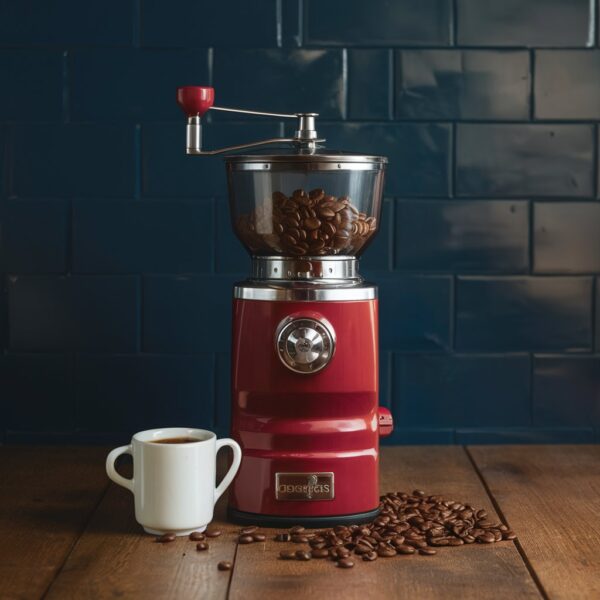
Manual Grinders:
- How They Work: Manual grinders crush coffee beans through a hand crank. Most of them use burr mechanisms to produce uniform grind sizes.
- Pros: Portable, quiet, doesn’t require electricity, and creates a consistent grind.
- Cons:However, using this grinder is physically demanding and takes a little longer to grind the beans than electric grinders.
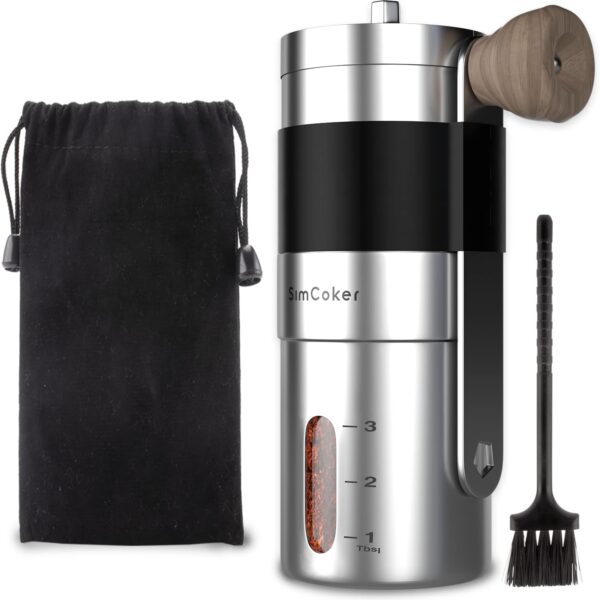
Key features to consider:
Grind size adjustability:
First and foremost, grind size adjustability is important because different brewing techniques call for a certain size of grounds for perfect extraction. Additionally, Multiple settings or stepless adjustment in a grinder give you the freedom to get the right grind for a certain brewing method, be it for espresso, French press, or pour-over. Furthermore, Espresso calls for very fine grounds, and French press requires a coarser grind. Grind size can be controlled to the extremes to ensure a texture perfect for whatever brew you seek.
Grind consistency:
Another important thing is the consistency of the grind. The grind size should be uniform, for even extraction does massively affect the taste of your coffee. Most coffee lovers prefer burr grinders to blade grinders because they provide a consistent grind for a finer cup. Blade grinders are inexpensive but turn out product inconsistently—some fine and some coarse. Such inconsistency can cause over-extraction of some ground
Ease of cleaning:
The other key feature is in terms of cleaning. Proper upkeep really goes a long way to ensure the grinder keeps working at its best and your coffee remains fresh. Additionally, Make sure that grinders have removable parts, which include hoppers and burr assemblies, in order to make cleaning up easier. Moreover, Some may even have automatic cleaning functions or design features that make dissembling easier. Proper cleaning prevents the buildup of coffee oils and residues that create a taste of stale or bitter coffee.
Build quality and materials:
Durability and performance are held in relation to the light that build quality and materials can give off. Grinders made of stainless steel are more solid and usually withstand continuous application easily. On the other hand, plastic material ones might be lightweight, high in portability. The material may also have an impact on the grinder’s outlook and how nice it will look in your kitchen interior. High-quality material ensures the easy running of grinder performance consistently over time and contributes to its reliability.
Dosing option:
Finally, consider additional features like timers and dosing options. An integrated timer gets you very consistent grind times, while dosing options measure out the right amount of coffee needed for different brewing methods. It’s extras like these that really help to get more from your coffee and ensure the best flavor for your beans. Timers permit duplicating precisely the same grind time for every brew, while options for dosing eliminate the need for a separate scale, again to make the process more efficient.
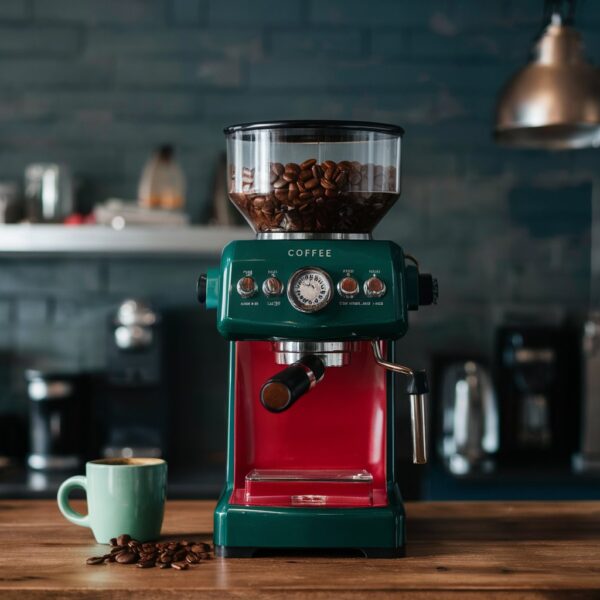
Top brands:
1 – Krups:
Krups is a German company that has been around for quite a while making kitchen appliances. It offers various domestic goods, one of them being coffee grinders. The company was founded in 1846 and had a varied history starting from producing precision scales before going into consumer appliances in the 1950s. You can be sure of the reputation that comes with a Krups coffee grinder—it’s one that assures reliability and performance, fitting for everyday coffee drinkers and coffee enthusiasts alike.
2 – Andrew James:
One of the pocket-friendly kitchen appliances-producing brands is Andrew James. Their line includes a coffee grinder, which they designed as simple and user-friendly for those seeking a no-frills solution. The grinder is totally manually operated, having no preset grind selector, so it would be totally up to the user to get a desired consistency of grind based on timing.
3 – KYG:
KYG is a brand that has numerous gadgets out in the market, from electric coffee grinders to other house appliances. Basically, their grinders are known for being well-built and endowed with a number of features that give them an overall user-friendly feel. The KYG Electric Coffee Grinder has the plus of low noise and structural solidity, making it quite endearing for use at home.
Here are the top picks in a coffee grinder, suiting each and every coffee lover. Our grinders never fail and are easy to operate with consistent results. Be it a manual or electric grinder, you will get one that suits both your pocket and needs. Enjoy great coffee every time with our Best Coffee Grinders.

